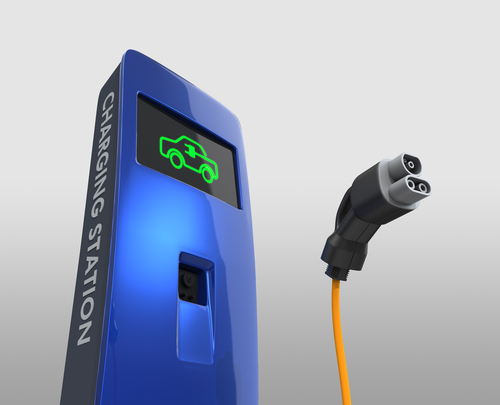 BetterPlace, an electric vehicle charging company, has announced its withdrawal from the North American and Australian markets, deciding to instead refocus on its original investment regions, Israel and Denmark.
BetterPlace, an electric vehicle charging company, has announced its withdrawal from the North American and Australian markets, deciding to instead refocus on its original investment regions, Israel and Denmark.
The San Francisco Business Times is reporting that the Palo Alto-based EV company will be closing up shop in order to pare down its scope and stem its current losses.
At its core, the company seemed like a brilliant idea. Focusing on EV recharging stations, EV battery swaps, and pay-by-the-mile EV usage – much like a cell phone plan – seemed ingenious. However, after accruing nearly $750-million in investments and losing more than a half billion of that, BetterPlace has proved that the marketplace is perhaps not quite ready for such a service.
Green Car Reports is reporting that BetterPlace had agreed to support the fledgling Renault EV sedan called the “Fluence” for the Australian market. Now that BetterPlace has abandoned those plans, it’s unclear what will be Renault’s next move for the Fluence.
Current BetterPlace CEO Dan Cohen – the third CEO in four months – said in a prepared statement, “We have demonstrated that Better Place works as a concept. We need to prove to our customers, suppliers and investors that we have a sustainable, scalable model.”
We doubt very much that this is the last time we’ll hear glum news from BetterPlace, given its track record. It’s a real shame, though. We had hoped that battery swapping could become a new way forward for EVs. We thought battery swapping might prove a viable alternative in the EV marketplace, that is, until battery technology improves, providing customers with longer ranges. Until a bigger name than BetterPlace picks up on it, the concept seems to be DOA.
Editors' Recommendations
- Kia EV3 vs Hyundai Ioniq 5: Can the EV3 take out Hyundai’s best EV?
- Rivian R2 vs Kia EV6: is one of these top EVs better?
- Lithium-ion vs. NiMH: EV batteries explained and compared
- Mercedes EV charging hubs are coming to North America by the end of the decade
- Kia EV6 vs. Niro EV: Why you’re better off paying more


